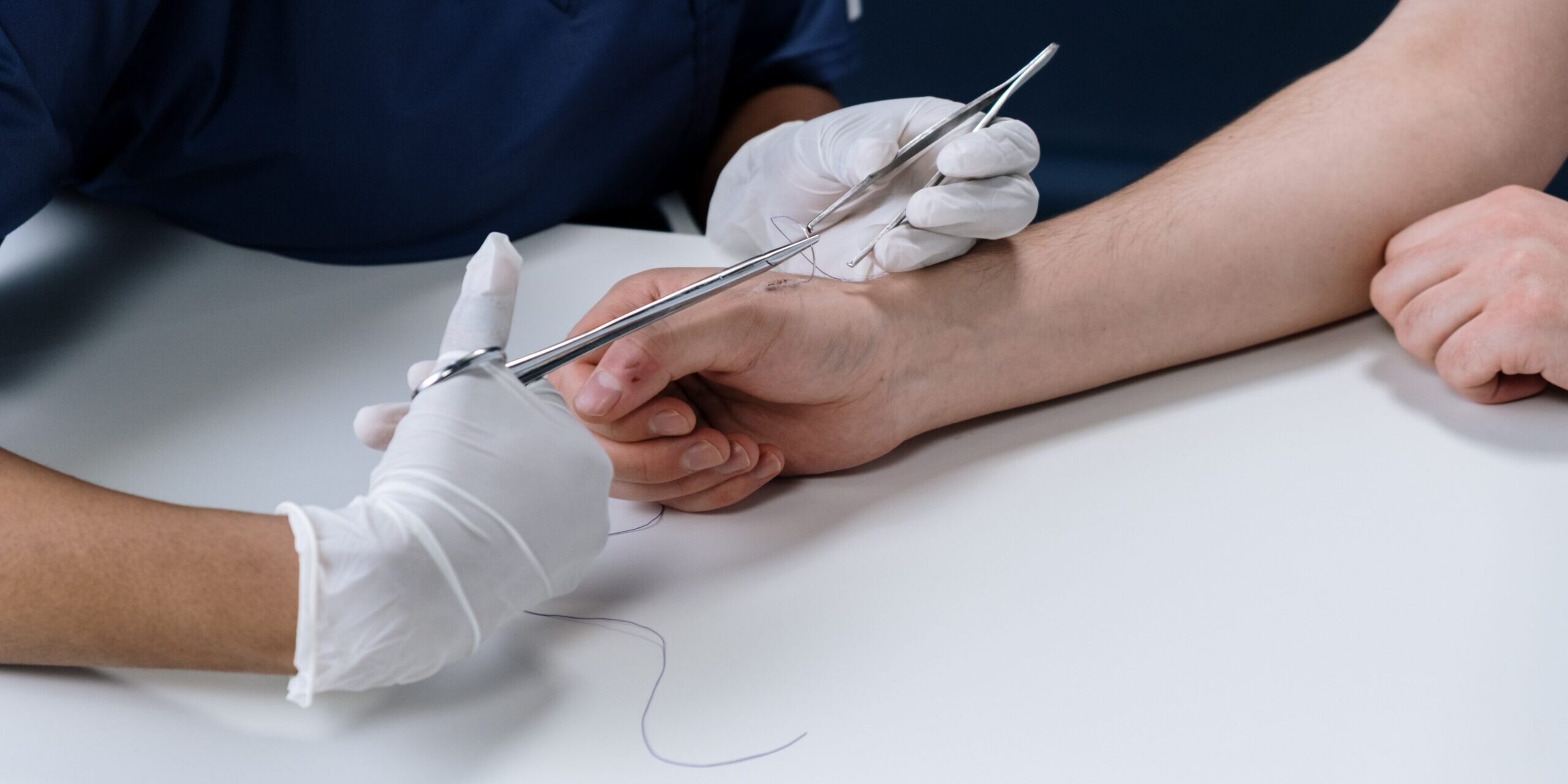When it comes to dealing with wounds, it’s crucial to understand that not all injuries are created equal. While minor scrapes and cuts can typically heal with minimal intervention, more severe wounds may require medical attention and the placement of stitches, also known as sutures. This article aims to highlight the significance of stitches in wound healing and recovery, an essential aspect of emergency medicine often underestimated.
Understanding the Role of Stitches in Wound Care
Stitches or sutures are surgical threads used to close wounds. They help to keep the wound closed, allowing it to heal more effectively while reducing the risk of infection and minimizing scarring. Whether a wound requires stitches often depends on the size, depth, location, and nature of the injury.
The Anatomy of Wounds: Why Some Need Stitches
To understand the importance of stitches, it’s crucial to comprehend wound anatomy. Wounds that are deep, long, or located over joints often require stitches due to increased tension and movement. Wounds exposing fat, muscle, bone, or other deep structures also need stitches to facilitate proper healing and prevent complications.
Wound Size and Depth
Large and deep wounds are often unable to heal naturally without stitches. Large wounds have a larger surface area exposed to potential infection, while deeper wounds may damage underlying structures such as muscles, tendons, nerves, or blood vessels. Stitching these wounds closed protects these structures and allows for a structured healing environment.
Wound Location
Wounds located over joints or areas of high tension or movement are more likely to reopen during the healing process due to the constant stress applied to them. Stitches help keep these wounds closed, allowing proper healing despite the stress and movement.
The Healing Power of Stitches
Stitches are vital in the wound healing process, aiding in several key ways.
Infection Prevention
Open wounds are gateways for bacteria and other pathogens to enter the body, leading to infections. Stitches seal off the wound, reducing the risk of infection by creating a barrier between the wound and the environment.
Accelerating Healing
Stitches bring the edges of a wound together, reducing the space that the body needs to rebuild, and thus speeding up the healing process. They also ensure that the wound heals from the inside out, minimizing the risk of abscesses or trapped infections.
Minimizing Scars
By bringing the wound edges together, stitches help to reduce the size and visibility of scars. While scarring is a natural part of the healing process, minimized scars are often less noticeable and can lead to improved aesthetic outcomes.
Knowing When Stitches Are Needed
Recognizing when stitches might be necessary is crucial. Some signs that a wound may need stitches include: it’s deeper or longer than half an inch, it’s gaping open, it won’t stop bleeding, or it exposes deep tissues. In any case, if you’re unsure whether a wound requires stitches, it’s best to seek professional medical advice.
The Future of Wound Care: Emerging Suturing Techniques
While traditional sutures have been used for centuries, recent advancements have introduced new methods for wound closure, such as absorbable sutures, staples, adhesive strips, and skin glues. Each method has its pros and cons, with the choice depending on the nature of the wound, patient characteristics, and doctor’s expertise.
Stitches are an essential tool in modern medicine, playing a critical role in wound healing. While they may seem intimidating, they are crucial for preventing infections, accelerating healing, and minimizing scars. By understanding the importance of stitches and when they are necessary, we can make informed decisions about wound care, ensuring optimal recovery outcomes.
Remember, when in doubt, always seek professional medical help. It’s always better to err on the side of caution when it comes to wound care. After all, our body’s ability to heal is nothing short of miraculous, and sometimes, it just needs a little help from a stitch or two.



